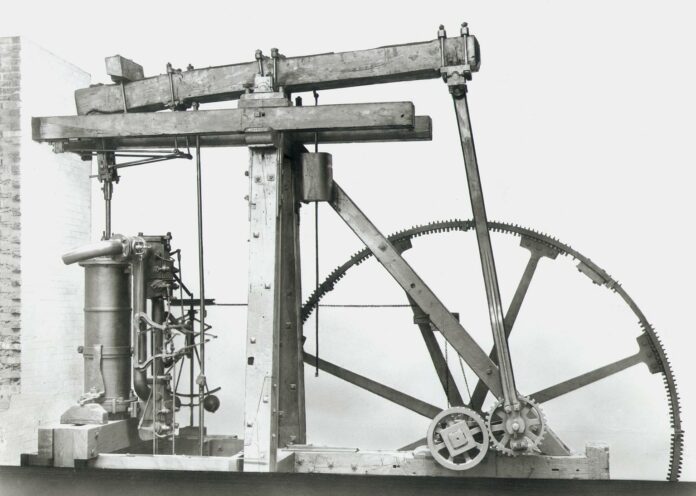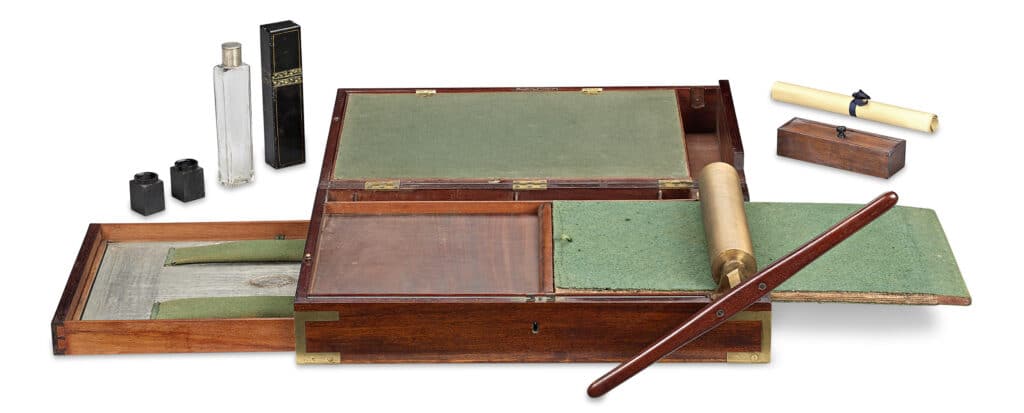
Socialistisk Biblioteks Tidslinje med links til begivenheder og personer i 1769.
Se også Index over personer, organisationer/partier og værker (som bøger, malerier, mm.), steder, begivenheder, mv., der er omtalt på hele Tidslinjen, titler og indhold på emnelisterne osv.
5. januar 1769
Opfinderen James Watt får patenteret en udgave af dampmaskinen, konstrueret i 1765, som bliver forudsætninger for den industrielle revolution. Første brugbare dampmaskine bliver bygget i 1775 af Watt and Boulton.
Links:
- James Watt (Wikipedia.org). Større engelsk Wiki-artikel, den norske artikel er fremhævet. Meget mindre artikel på dansk.
- James Watt + James Watt and Steam Power (Spartacus Educational)
- Dampmaskine (Wikipedia.dk). Større dansk artikel.
James Watt, Capitalism and climate change (Radical Independence Dumfries & Galloway for community, democracy and ecology,
James Watt and Our World, an exhibition at the Science Museum, London. By William Whitlow (World Socialist Web Site, 23 June 2011). “Perhaps the greatest tribute to Watt, and by implication to Boulton, comes from Karl Marx in Chapter 15 of the first volume of Capital …”

Se også:
Why is capitalism addicted to fossil fuels? By Amy Leather (International Socialism, Issue 153, Winter 2017). Review of Andreas Malm, Fossil Capital: The Rise of Steam Power and the Roots of Global Warming (Verso Books, 2016, 496 p.). “… as Malm shows, the move to widespread use of steam power was by no means guaranteed. Instead a protracted battle took place between steam- and water-power before steam eventually won out as the dominant energy form.”
Is ‘Progress’ good for humanity? By Jeremy Caradonna (The Atlantic, September 9, 2014). “Rethinking the narrative of economic development, with sustainability in mind.”
Marx’s Capital: Chapters 15 – The Machine. By Adam Booth (Socialist Appeal, 12 August 2014). “… Marx now turns his attention towards the most revolutionary of developments within capitalism: the machine.”
Britain’s Industrial Revolution: the birth of a new power (Socialist Worker, Issue 2309, 26 June 2012). “Owen Miller debunks the myth of a unique British genius for invention and innovation.”
A Marxist History of the World, part 50: The Industrial Revolution. By Neil Faulkner (Counterfire, October 24, 2011). “When James Watt developed a yet more efficient engine (in 1763-1775) – cutting coal consumption by 75% – far more widespread industrial use became economical.”
The Industrial Revolution (pdf). Part 6, chapter 5 in Chris Harman: A People’s History of the World (Bookmarks, 1999, p.318-325; online at Internet Archive WayBackMachine). “The combination of the new machines, the new metallurgy and the new energy source increased immeasurably what people could produce.”
Se også på Socialistisk Bibliotek:
- Tidslinjen: marts 1811 om maskinstormerne Ludditterne.
- Linksamlingen: Oplysningstiden/The Enlightenment





















![George Habash square [Tulkarem?], Taken on 7 April 2011, Source: https://www.panoramio.com/photo/50717122. Author: Mujaddara. (CC BY-SA 3.0)](https://socbib.dk/wp-content/uploads/2007/05/George_Habash_sq_-_panoramio-218x150.jpg)













